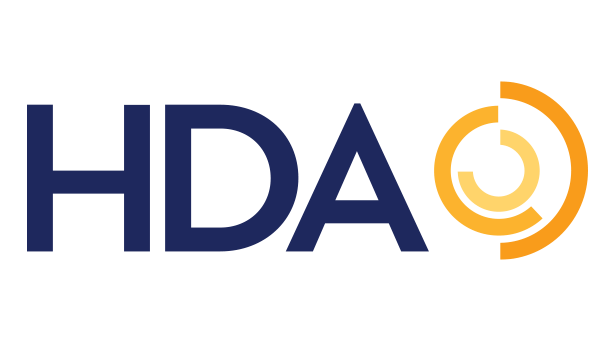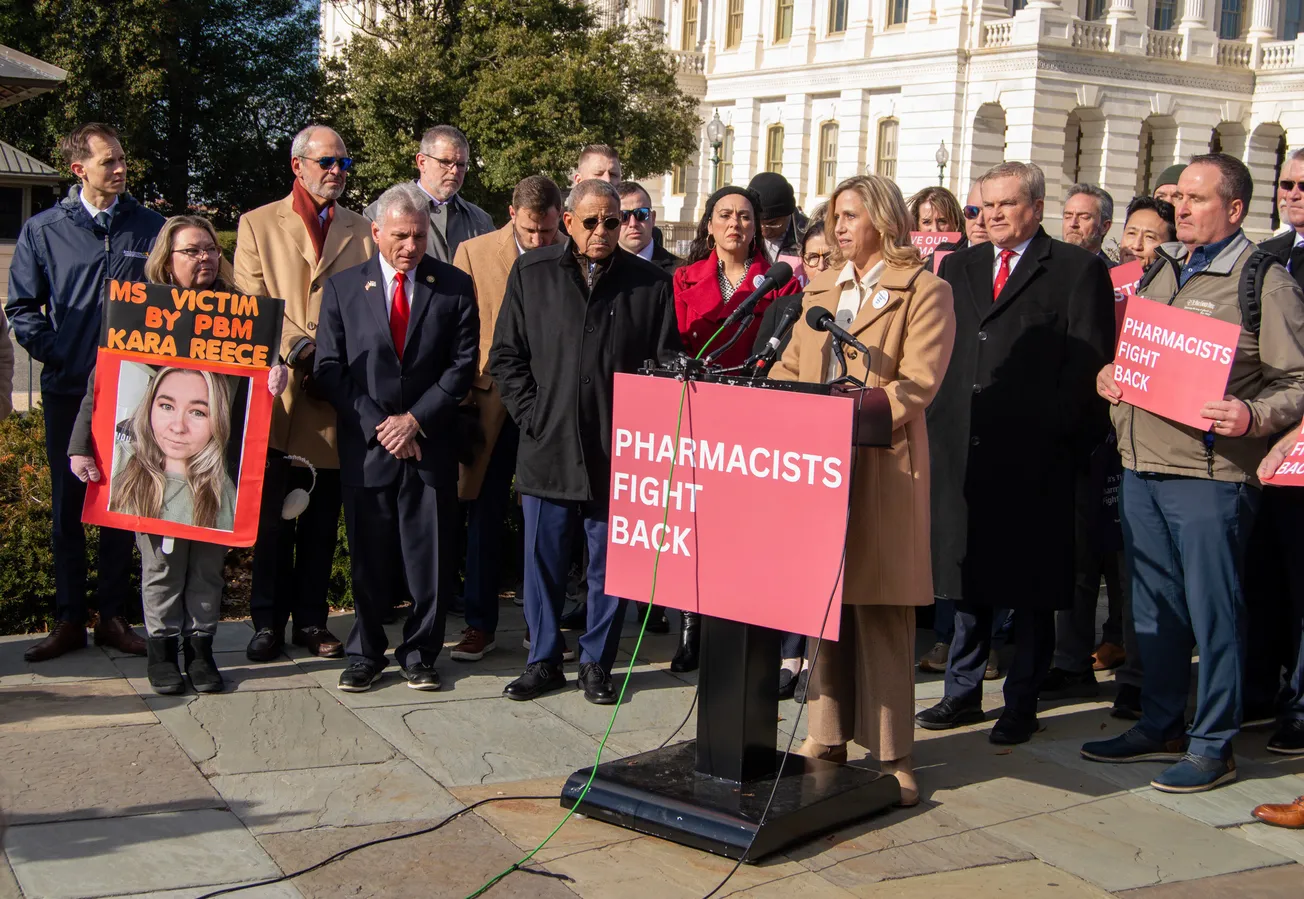WASHINGTON — Manufacturing, distributing and delivering cold chain pharmaceuticals poses unique challenges and opportunities for the healthcare supply chain. With the market for these products outpacing non-cold chain pharmaceuticals, ensuring the safe and effective distribution of these highly specialized medicines will require investments and coordination between supply chain partners.

HDA recently hosted a LinkedIn Live event exploring the challenges, successes and future of the U.S. pharmaceutical cold chain. The event delved into key findings from the HDA Research Foundation’s report, The Future of the U.S. Pharmaceutical Cold Chain, and featured perspectives from Jeffrey Gainer, Business Process Senior Manager at McKesson, and Rena K. Goins, Executive Director of Global Trade and Distribution at Regeneron. HDA’s Perry Fri, EVP of Industry Relations and Member Services and COO of the HDA Research Foundation, moderated the discussion.
Here are three takeaways:
1. Standardization is Critical
Gainer and Goins discussed the importance of maintaining strong standard operating procedures (SOPs) throughout the supply chain amidst increasing demand for products in the cold chain market.
“As [the growth of cold chain] continues, and I don’t think it will stop anytime soon, [it’s important to have] well-trained and well-documented and rigorous SOPs throughout the supply chain.…Getting these critical medications to patients viably is key,” remarked Gainer.
Goins expounded on Gainer’s points, emphasizing the need for continuity of management among trading partners. “Standardization is definitely a flagship opportunity for us all,” underscored Goins.
2. COVID-19 Response Underscored Shipping Lane Knowledge Needs
The COVID-19 response led to a quick expansion of cold chain capabilities and highlighted the supply chain’s ability to adapt to new challenges. However, it also illustrated the need for supply chain partners to communicate, particularly with the importance of understanding shipping lanes.
Gainer shared his perspective on the issue, remarking, “We found it was necessary to partner with experts [to make] the best decisions on when and how to ship product to prevent excursions … these shipping solutions could change drastically depending on seasonality, the pack alteration we needed to reach highly remote customers or patients, and then a lot of times just extreme ambient temperatures a shipper might experience. Think Texas or Arizona in August.”
Goins echoed this sentiment and spoke about the value of leveraging specialized solutions that help create consistency and integrity. “During the pandemic, I think we learned a lot about … the [shipping] lanes but also the solutions in the lanes and identified some areas for some harmonization and some specialization,” said Goins.
3. Enhanced Environmental Sustainability Requires Collaboration and Investment
Capturing perspectives from across the supply chain is critical to addressing environmental sustainability concerns by better understanding where to streamline and build solutions. Ultimately, this environmental sustainability benefits patients and providers.
“It’s going to require investment … [Outside of the] U.S., there are mandates on being able to track and report on carbon emissions, those mandates are coming to the [U.S.] … our distributor networks are starting to track these things now. I think that’s a great first step, but we need to see what we have from start to finish and then let’s meet and talk as stakeholders and figure out what we can do together … Getting those various perspectives is going to be important to effect change,” stated Goins.
Gainer provided some examples of McKesson’s sustainability investments and explained, “In our [McKesson Plasma and Biologics services], we’ve [introduced] a reusable program for our shipping solutions. That was an investment, but it’s a better-performing solution.”
Looking ahead, HDA and its members will continue to champion cold chain educational opportunities. This discussion underscored the vital nature of this market in providing lifesaving treatments for patients against challenges such as extreme weather and public health crises. Collaboration, training and knowledge-sharing across the healthcare supply chain will be paramount as demand increases. As Goins emphasized, “Yes, Billy’s teddy bear is important at Christmas, but so is the medication going to the physician’s office or the hospital.”
Watch the full discussion here to learn more about the processes involved in delivering these critical, lifesaving medications and innovative treatments to patients.
Read the HDA Foundation’s Report, The Future of the U.S. Pharmaceutical Cold Chain, here.







